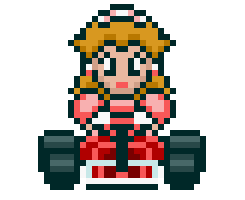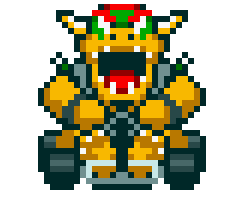Incubi said:
Anfebious said:
Well if the 3DS is really struggling to get to DS levels and is really being beaten by smartphones that only means this is the end of Nintendo. If Nintendo loses their handheld stronghold then they are fucked. Could this be Nintendo's last generation? Are we facing their slow demise? |
No, we will not. Even if this generation is a setback, Nintendo still have the potential to create sales phenomenons seemingly out of nowhere. As industry veteran, Warren Spector (someone who's been there from the very beginning), implied that you should never underestimate Nintendo. He implied that for a reason.
There is a saying: The bigger they are, the harder they fall. In the case of Nintendo, they are a relatively small company with ridiculous revenues for their size. As an example; both MS and Sony have 100 000 + employees each. Nintendo? Less than 6000. When Nintendo stumples it wont affect them nearly as much as a megacorporation - thats why they can continue to survive even through setbacks.
|
Incubi! You peeked! 
Wait for my reveal. Hahahahaha! 
By the way to everybody else, after I finish the Mummelmann super-response, I'm going to begin posting in a one-topic/two-topic style of reply so it won't take me as long to respond.
I might not even quote who I respond to & will just put up a link to the post.
I might just start putting up arguments in general independent of the debate opponent.
All the doom & gloom around here is weighing a lot of people down & I have not been able to counteract that due to the heft of my rebuttal.
Anfebious is just losing hope & I have to show him the way. 
Work schedule has really cut into my posting time lately & trying to do my line-by-line, point-by-point style of reply is taking me away from the action.
So next up is Mummelmann, then a conversation with JGarrett over Malstrom & other issues, & then quicker shorter posts to reverse all of this doom & gloom.
Time to set the record straight & kill off this propaganda.
John Lucas









































































